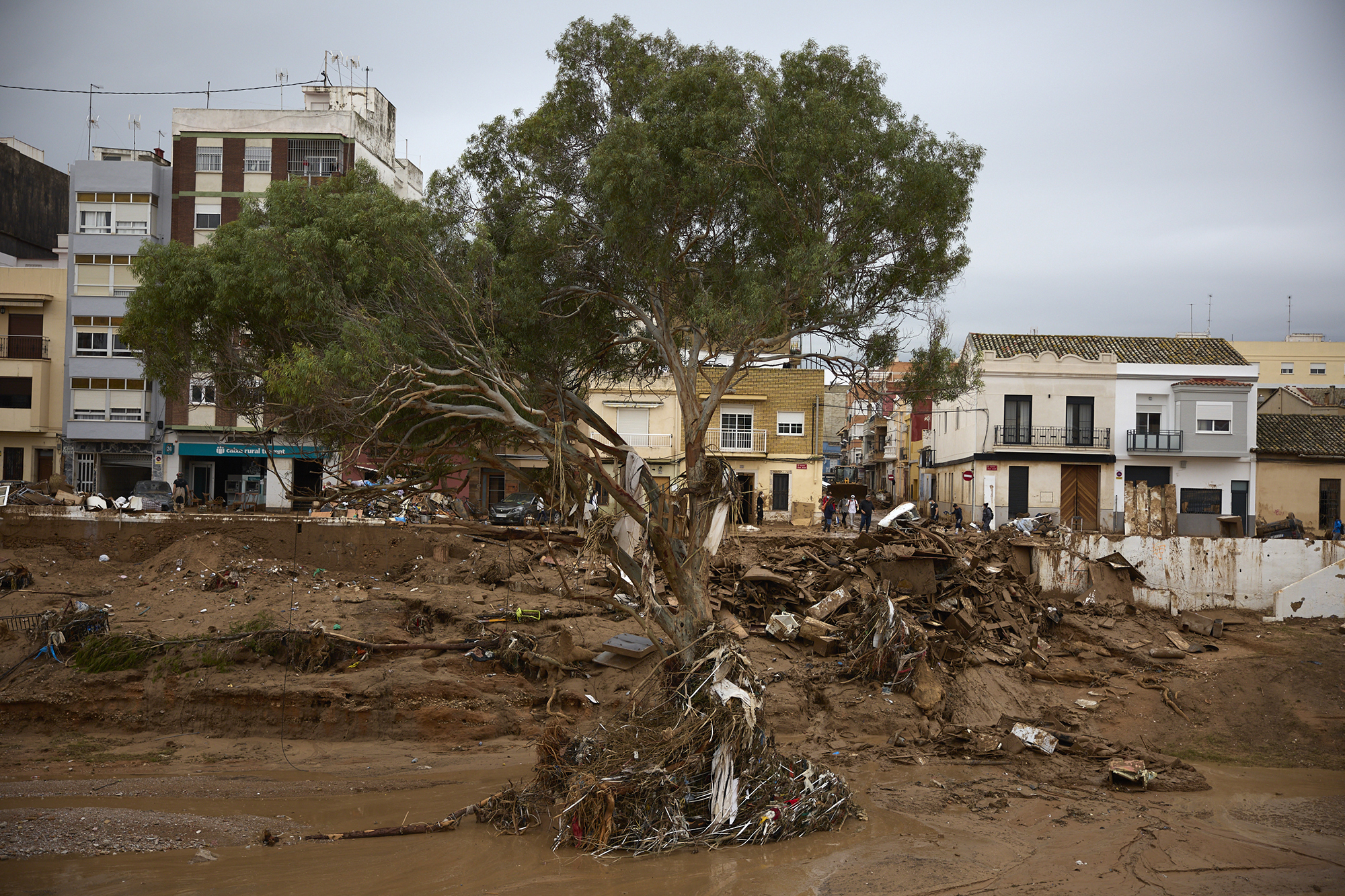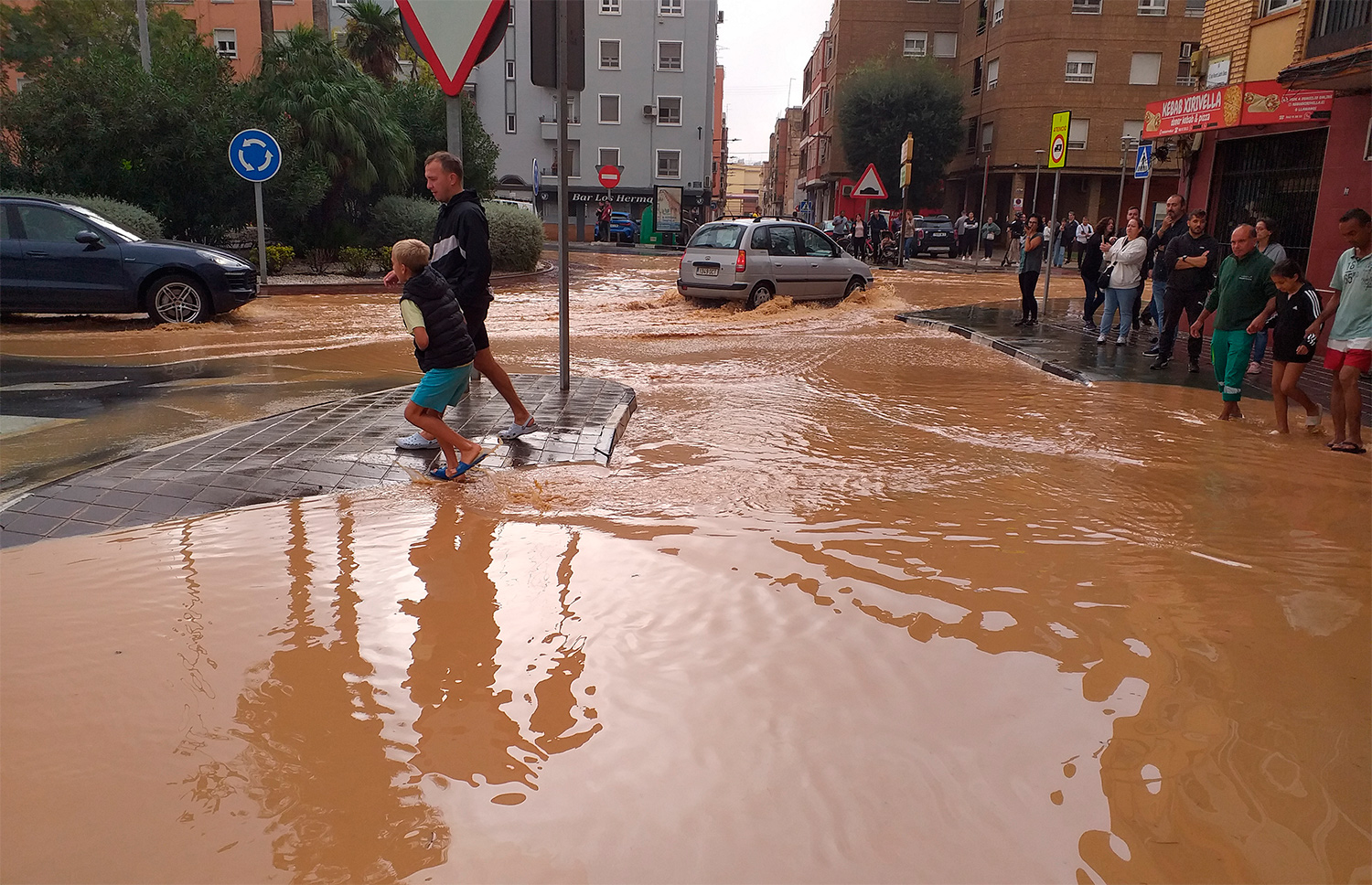Hiritik Harira investigates the "heat islands" of some Basque cities
- The Hiritik Harira group is a research and opinion group created by two young Basque geographers (see an article here on them) and their last topic of research has been the heat of cities: how the heat islands are formed in cities and how it is graphically produced in some Basque cities: The graphs of Vitoria, Bilbao, Bayona and San Sebastian have been distributed and the graphs of Pamplona announced for next week. By the way, they ask for contributions through Patreon to boost their work.

As geographers explain in a Twitter thread, the heat island is the process that occurs when buildings, industrial activities, giant concrete molds and other absorbent heat materials accumulate heat. Compared to the surrounding rural environment, this raises urban temperatures, as shown by the following images of San Sebastian and Vitoria (greater thermal difference in San Sebastian):

The effect is most pronounced at night, where cement resists heat in urban areas. See graph for Gran Bilbao.

These and other problems are explained with data and graphics because it's broader than here. On how to address this problem, they state that measures can be taken to reduce heat island temperatures:
- Increase of trees and vegetation
- Build with less heat absorbent materials
- Increase albedo by replacing dark surfaces with lighter ones
- It is essential that new urbanization projects be located in previously artificialized areas. Preserving the green areas and maintaining the climate and natural benefits they generate, the ultimate goal should be the consolidation of green infrastructures.
Next week they will report more on the situation in Pamplona. If you want to help those of Haritik Hiriko, here's the opportunity.
In recent weeks it has not been possible for those of us who work in architecture that the climate phenomenon of Valencia has not been translated into our work discourse. Because we need to think about and design the path of water in decks, sewers, plazas and building parks. We... [+]
To have a car (private) in Japan it is mandatory to have a parking (private). The measure seems controversial, as the regulation (the securities systems here) allows the occupation of spaces where the car deposit is public. That is, the problem is conceived as a responsibility... [+]
I have few friends with a European feeling, I do not know whether Europeity becomes an identity. But when we travel to Europe, a friendship may emerge, because the main areas of territoriality that are taking place in Europe and in Europe are shared, where it is decided to... [+]
Iruñeko Txantrea auzoko kale-izendegian frankismoan errepresaliatuak izan ziren hamar emakume gogoratuko dituzte. Ekitaldia egin zuten atzo eta auzoaren hegoaldean dagoen plaza bat oroimen gune ere izendatu zuten. "Garrantzitsua da historian gertatutakoa gogoratzea;... [+]
China, about 1417 years old. Admiral Zheng He, a salaried explorer of Ming Dynasty emperors, said it was possible “for everyone to leave China.” By then, the Chinese colony network began to expand in the Indian Ocean, the Red Sea and Southeast Asia, so the Chinese explorer... [+]





















